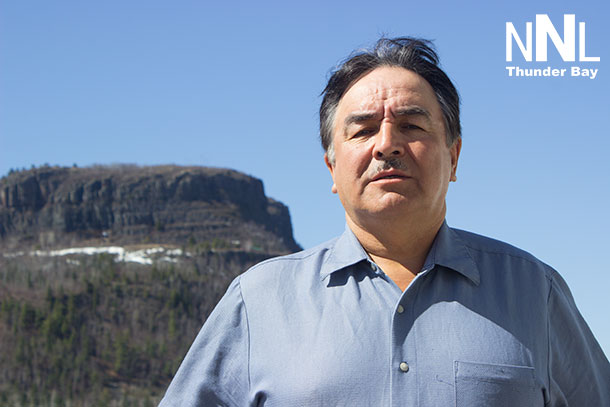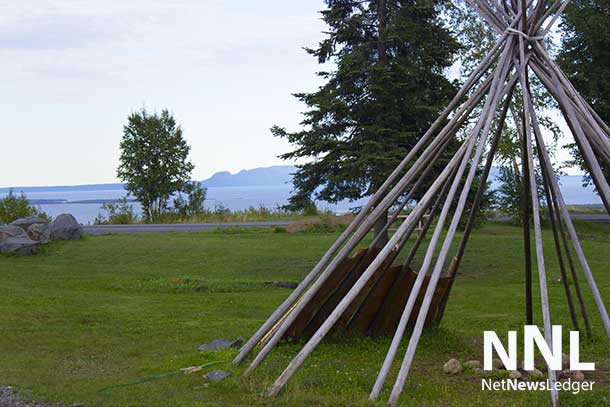
FORT WILLIAM FN – On March 30, 2016, Fort William First Nation received on a without prejudice basis a global settlement offer for the Grand Trunk Pacific Specific Claim from the Government of Canada in the amount of $98, 933, 310.00. This offer of financial compensation includes a contribution towards legal, negotiation and ratification costs, as well as land acquisition, environmental assessment and survey costs. This will mean that the negotiation loan funding from Canada will have to be deducted from the Global Offer
In exchange for the compensation provided, the Government of Canada requires in the settlement agreement that FWFN provide a full release and an indemnity satisfactory to the Government of Canada regarding this specific claim. In addition, to achieve legal certainty and finality, the Government of Canada will require FWFN to surrender their complete interests in the claim lands, approximately 147.5 acres, with the exception of those portions of the claim lands that the First Nation has re-‐acquired. This does not mean were releasing or losing land but rather that FWFN will release their interest in any future claims against Canada for the Lands currently acquired and occupied by Abitibi.
Should an ATR request be made in accordance with the terms of the settlement up to 1132.67 acres of land, the Minister of Indigenous and Northern Affairs Canada may recommend to the Governor in Council that the requested lands be set apart as reserve. FWFN will in fact pursue an ATR (Addition to Reserve) on the GTP Lands available.
History of Claim
The following information has been provided to members from Fort William First Nation Chief and Council
This Claim was submitted to Canada in 1999. In 1905 pursuant to the Railway Act Canada appropriated over 1,600 acres of land from FWFN for a terminus for the GTP railway. This is the largest railway taking from an Indian reserve in the history of Canada. The Railway took the entire Mission site on the Kaministiqua River, every home, farm, the Church, even the graveyard had to be relocated. About half the Members moved to Squaw Bay and the other half to the Mountain Village.
The GTP railway went bankrupt and the terminus was never really developed as planned. The rail line was taken over by Canada in 1920 and the Mission land was given to Canadian National Railway (CN). Through direct negotiations with CN, FWFN Development Corporation regained ownership of about 1,100 acres of the Mission land in 1999.
Canada accepted this claim for negotiation in 2002 on the basis that the land was sold for less than it was worth in 1905. Shortly after the Osoyoos decision by the Supreme Court of Canada potentially expanded the scope of the acceptance. FWFN suggested a legal review of the basis of acceptance following Osoyoos, and discussions began towards broader negotiations. A lawsuit by FWFN resulted in Canada suspending negotiations, as Canada will not negotiate a claim if a First Nation is proceeding with litigation at the same time. The litigation is now “in abeyance”.
In the fall of 2008 negotiations re-‐commenced with Canada taking the position that the Railway Act prohibited the alienation of appropriated land by the GTP and that Canada had a duty to prevent the alienation and to return the land to FWFN.
We negotiated was based on two components: 1) We negotiated compensation ($) with Specific Claims Branch (SCB); and 2) we negotiated the return of the lands to reserve status with Ontario Region through Canada’s Additions to Reserve (ATR) Policy.
We have agreed on the approach for compensation with SCB, and on Monday March 30th, 2016 we have received a written offer from Canada.





